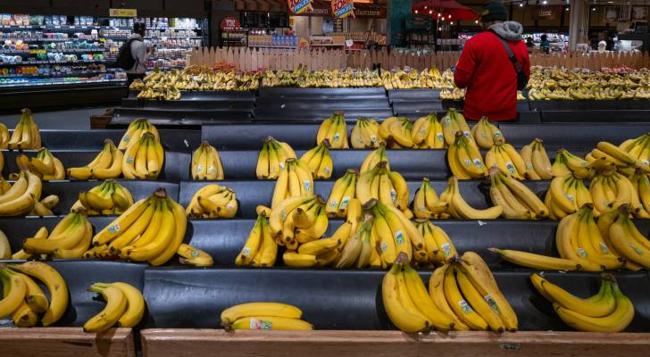Summary
Study finds synthetic chemicals from packaging and processing equipment migrate into foods, especially ultra-processed ones.
Source: Earth.com

AI News Q&A (Free Content)
Q1: What are synthetic chemicals commonly found in food packaging, and how do they migrate into food?
A1: Synthetic chemicals such as phthalates, bisphenol A (BPA), and perfluoroalkyl substances (PFAS) are commonly found in food packaging materials like plastics and coatings. These chemicals can migrate into food through direct contact, especially when exposed to heat or fatty foods. Migration is influenced by the nature of the food, temperature, and duration of contact. This process poses health concerns as some of these chemicals are endocrine disruptors and have been linked to various health risks.
Q2: How does the migration of synthetic chemicals from food packaging impact human health according to recent scientific studies?
A2: Recent scientific studies highlight that the migration of synthetic chemicals from food packaging into foods may contribute to adverse health effects. Chemicals like BPA and phthalates have been associated with hormonal disruptions, developmental issues in children, and an increased risk of chronic diseases such as diabetes and cancer. Regulatory agencies, such as the European Food Safety Authority, have set safety limits, but concerns remain about the cumulative effects of low-dose, long-term exposure, especially in ultra-processed foods.
Q3: What innovations in food packaging aim to reduce or eliminate the migration of harmful chemicals into food?
A3: Innovations in food packaging include the development of biodegradable and bio-based materials such as starch-based biofilms, which can reduce reliance on synthetic polymers. For example, recent research has shown that embedding zinc oxide nanoparticles in corn starch films enhances antimicrobial properties and biodegradability, offering a safer alternative to conventional synthetic packaging. Such materials are designed to minimize chemical migration and environmental impact.
Q4: What role does the Food Packaging Forum play in addressing chemical migration issues in food packaging?
A4: The Food Packaging Forum is a nonprofit organization that communicates scientific information on chemicals in food packaging and their health impacts. It provides educational resources, summarizes health risks of chemical migration, advocates for regulatory improvements, and supports stakeholders—including regulators, scientists, and consumers—in understanding and addressing these issues to promote safer packaging solutions.
Q5: Based on recent scholarly articles, how effective are bio-based antimicrobial packaging materials compared to traditional synthetic packaging?
A5: A 2019 study demonstrated that starch-based biofilms embedded with zinc oxide nanoparticles exhibit enhanced antimicrobial effectiveness against foodborne pathogens like E. coli and S. aureus, with larger inhibition zones compared to films without nanoparticles. These bio-based films also showed promising biodegradability within 7 days, indicating they can effectively replace traditional synthetic packaging by reducing both microbial contamination and environmental pollution.
Q6: How can artificial intelligence contribute to safer food packaging and supply chains?
A6: Artificial intelligence (AI) is being utilized to improve safety in food supply chains by enabling real-time monitoring and prediction of chemical contamination risks, optimizing refrigeration and energy use to maintain food quality, and automating expiry date verification for packaged foods. AI-driven approaches help in early detection of safety breaches, minimizing food waste, and ensuring that packaging materials comply with safety standards.
Q7: What are the main challenges and future directions for regulating synthetic chemicals in food packaging?
A7: Key challenges in regulating synthetic chemicals in food packaging include identifying and evaluating the vast array of chemicals used, understanding cumulative and low-dose effects, and ensuring compliance across global supply chains. Future directions involve developing safer packaging materials, enhancing transparency in chemical use, and adopting more comprehensive regulations to address emerging contaminants and mixture toxicity.
References:
- Food packaging - Wikipedia
- , "Food Packaging Forum
- , "Developing ZnO Nanoparticle embedded Antimicrobial Starch Biofilm for Food Packaging
- , "AI-enabled Efficient and Safe Food Supply Chain





